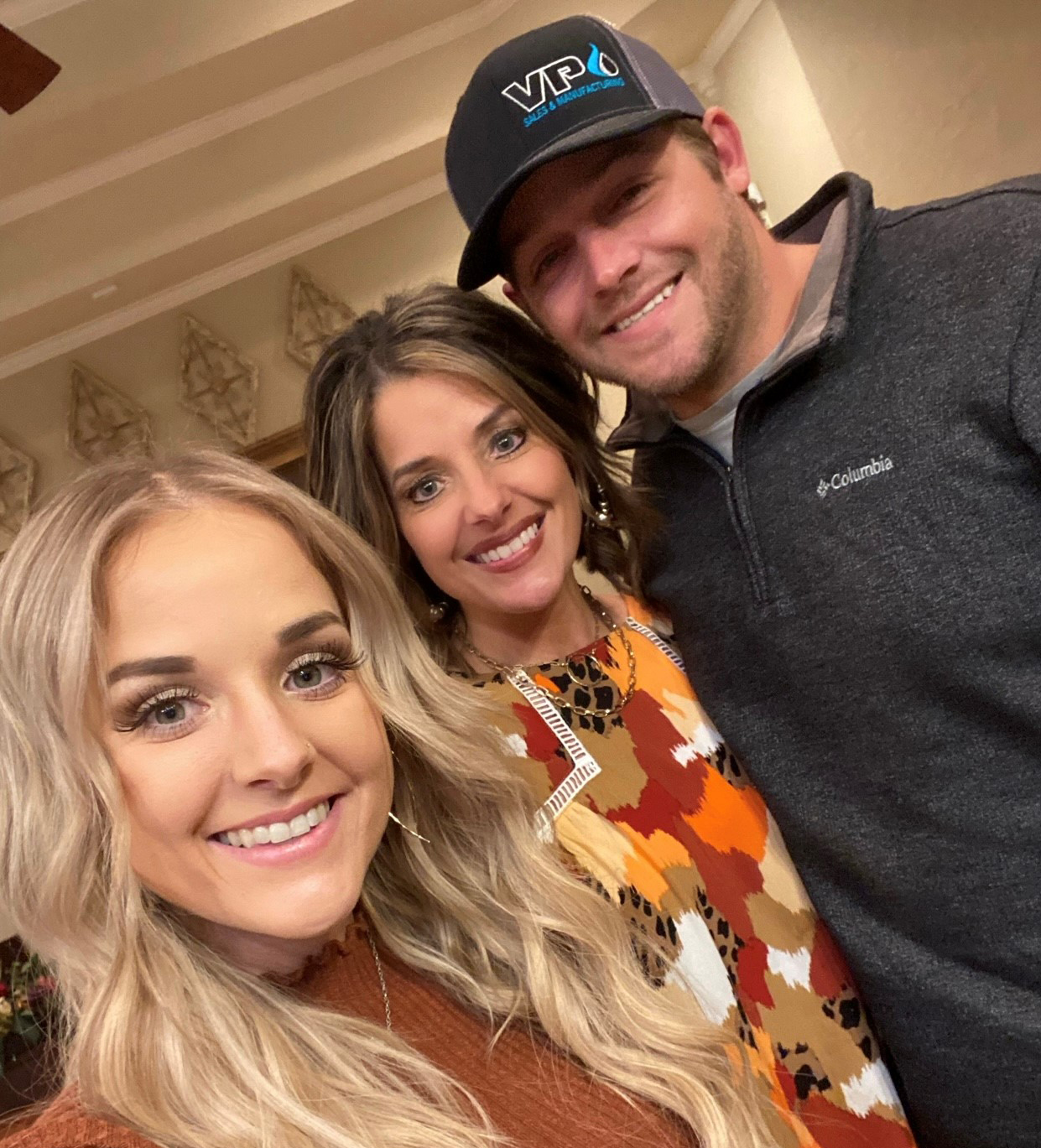Stephanie Wright
Living with Late Onset Sandhoff Disease: How Sharing Stories Leads to Faster Diagnosis
Stephanie Wright
Living with Late Onset Sandhoff Disease: How Sharing Stories Leads to Faster Diagnosis
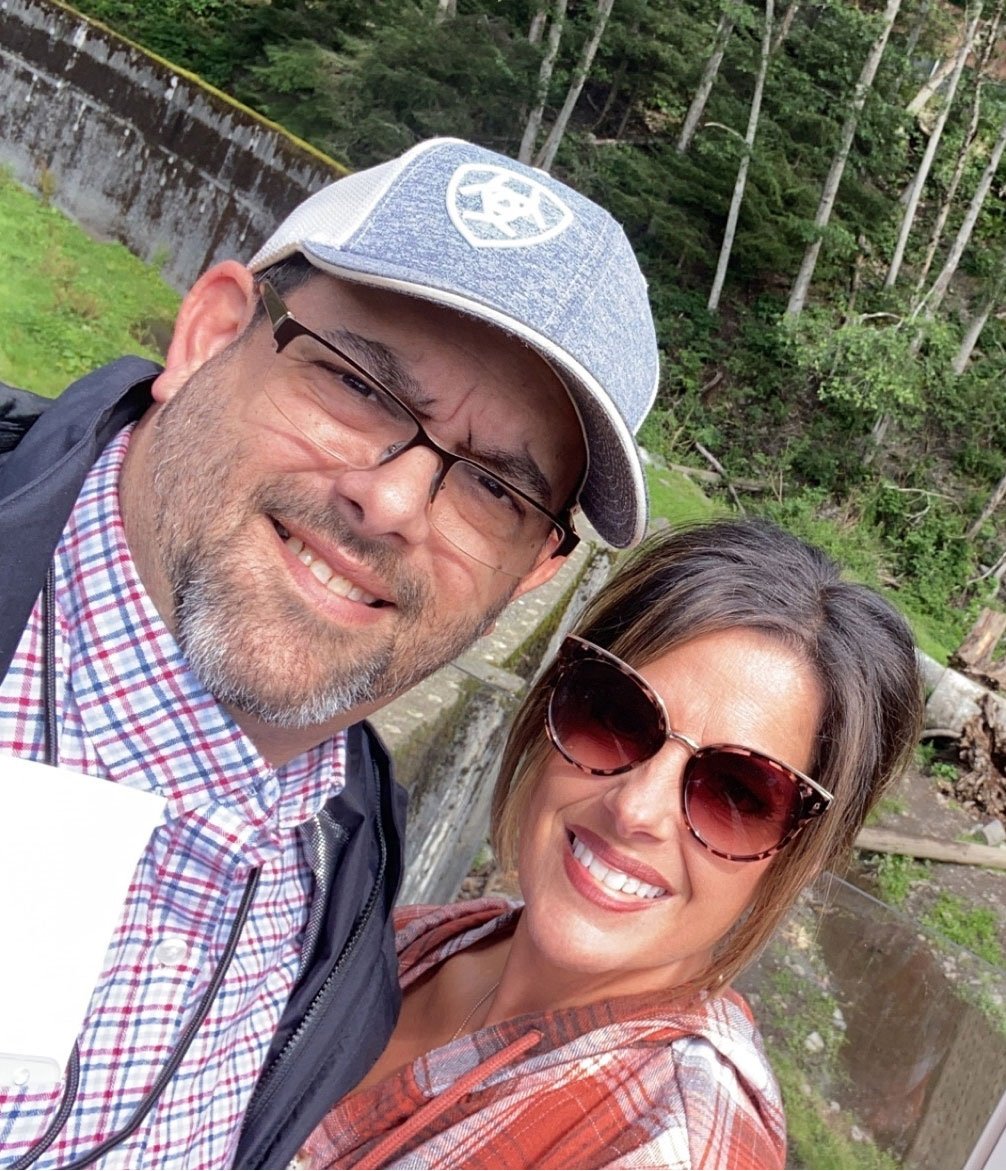
At the age of 48, Stephanie Wright lives a full life. She and her husband Joey share “a blessed blended family” that is composed of four children and two grandchildren. Stephanie and Joey love to entertain friends and family. They’re also avid cruisers, and Stephanie’s favorite destination is Aruba. A vivacious woman with bright green eyes and a captivating smile, Stephanie radiates positivity. She is dedicated to a tight knit community of people she loves, and she says that her faith in God carries her through every day.
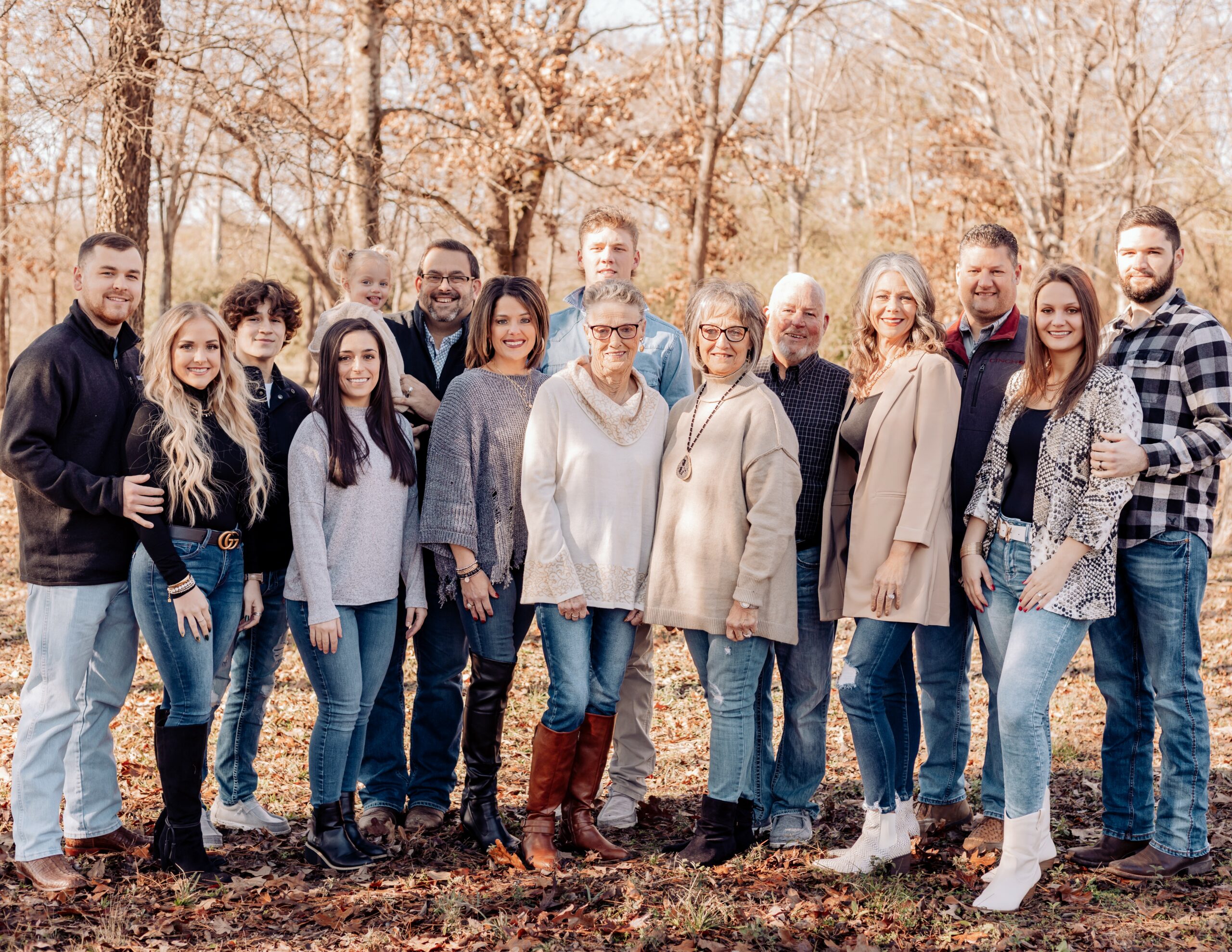
All her life, Stephanie has been active. Growing up, she was a cheerleader. She skied—both downhill and on water. Before she and Joey were married, she lived on the third floor of her apartment complex. That meant lugging groceries up three flights of stairs and moving boxes up and down. She doesn’t remember ever having any mobility issues, clumsiness, or difficulties with her speech.
My Legs Are Like Jello
But in 2015, Stephanie started noticing weakness in her legs. It began around Easter when she was visiting her brother’s family. Stephanie was jumping on the trampoline with her niece when she noticed it felt like her legs wouldn’t support her.
“When I first started experiencing symptoms, I just thought I needed to get to the gym,” says Stephanie. “I never in a thousand years thought I needed to go to the doctor.”
Stephanie was walking on a treadmill the first time it happened. She stepped off the treadmill and fell to the floor.
“My legs just Jello-ed,” she says.
After three more embarrassing falls on the treadmill, Stephanie decided to leave the gym.
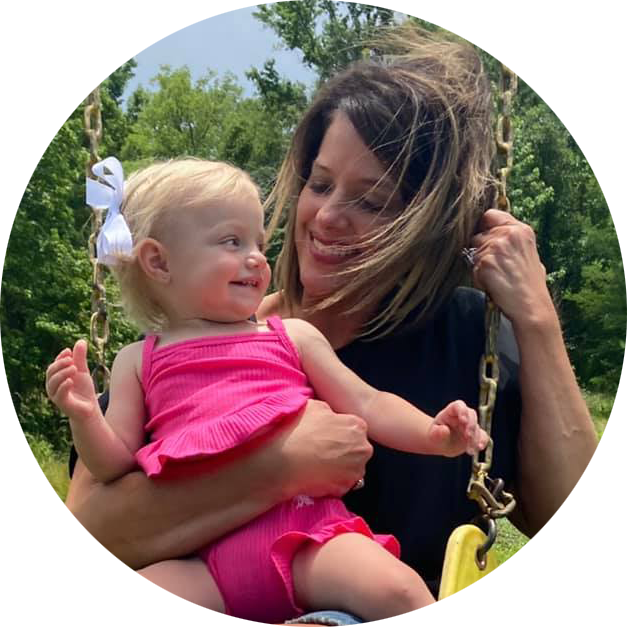
You Need to Go for Testing
In January 2016, Stephanie and her friends went to a bed & breakfast to celebrate her best friend’s birthday. She watched her friends get out of chairs, marveling at how their legs supported them. One of the women had had a knee replacement a year prior and described her recovery process. That started a conversation and Stephanie confessed that she struggled to stand from a seated position.


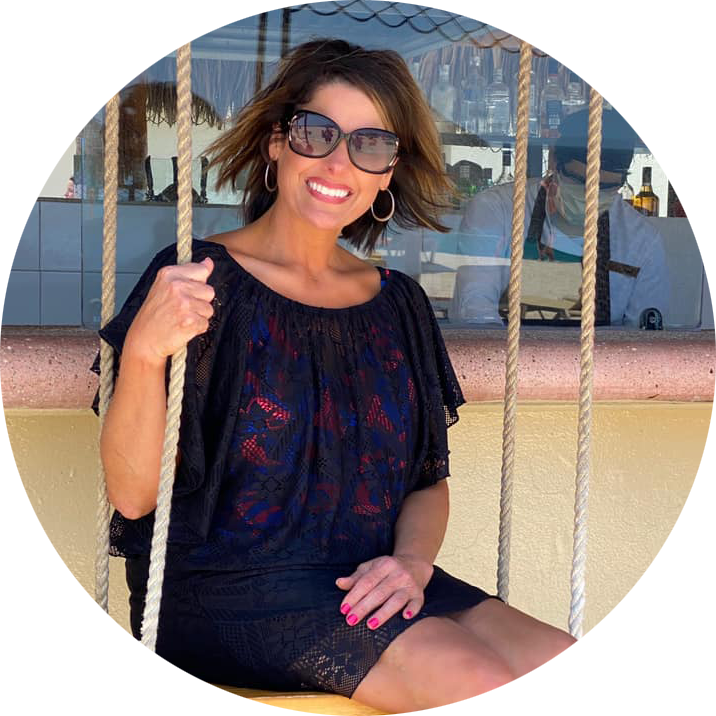
One of Stephanie’s friends—a registered nurse—suggested that Stephanie go for testing. “She told me, ‘You’re 40. You’re healthy. You should be able to get up out of a chair,’” Stephanie says.
At the time, Stephanie didn’t have a family doctor. So she went to a local clinic where the nurse practitioner recommended blood work. From there, Stephanie was referred to a neurologist and a rheumatologist who thought she might have lupus.
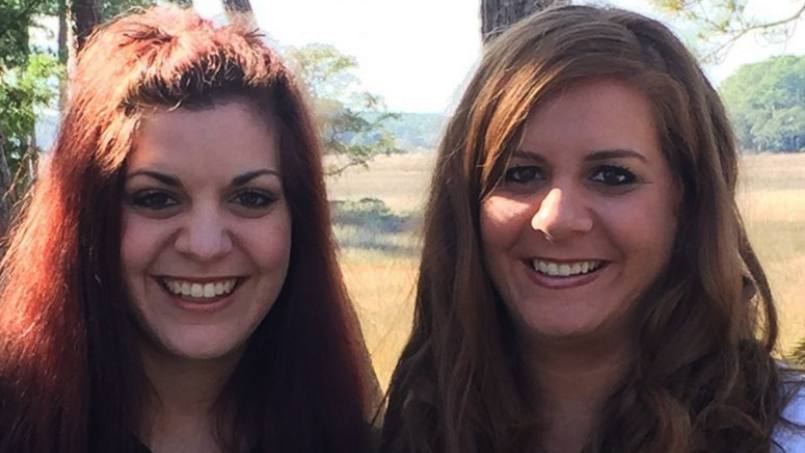
A Story Connects the Dots
In June, Stephanie went to see a neurologist in Houston for an electromyogram (EMG). The specialist had just read about Katie and Allie Buryk in The New York Times the week prior and thought Stephanie’s symptoms aligned perfectly with what he’d read.
The Buryk twins were diagnosed with Late Onset Tay-Sachs disease, which can be diagnosed with genetic testing. Stephanie underwent the testing and returned in September for one last test—one that could identify low levels of two vital enzymes—beta-hexosaminidase A (HexA) and beta-hexosaminidase B (HexB).
One month later, the neurologist called Stephanie. He had her results and asked her and Joey to come to Houston.
“I was sure he was going to tell me I just needed to work out,” says Stephanie. “I felt ridiculous going through all this.”
A Rare Diagnosis
The specialist diagnosed Stephanie with Late Onset Sandhoff disease, which is very similar to Tay-Sachs disease. Sandhoff disease is a rare lysosomal storage disease where the absence of HexB causes fatty substances called gangliosides to build up in the nerve cells, which damages the brain and spinal cord.

Symptoms of Late Onset Sandhoff disease primarily involve mobility, speech and mental health. People diagnosed with Late Onset Sandhoff disease may experience issues with muscle weakness and mobility, eye movement, neuropathy, tremors, and some may experience psychiatric issues including anxiety.
Symptoms of Late Onset Sandhoff disease can appear as early as adolescence and into adulthood. There is no cure, but there are treatments available to manage some of the symptoms.
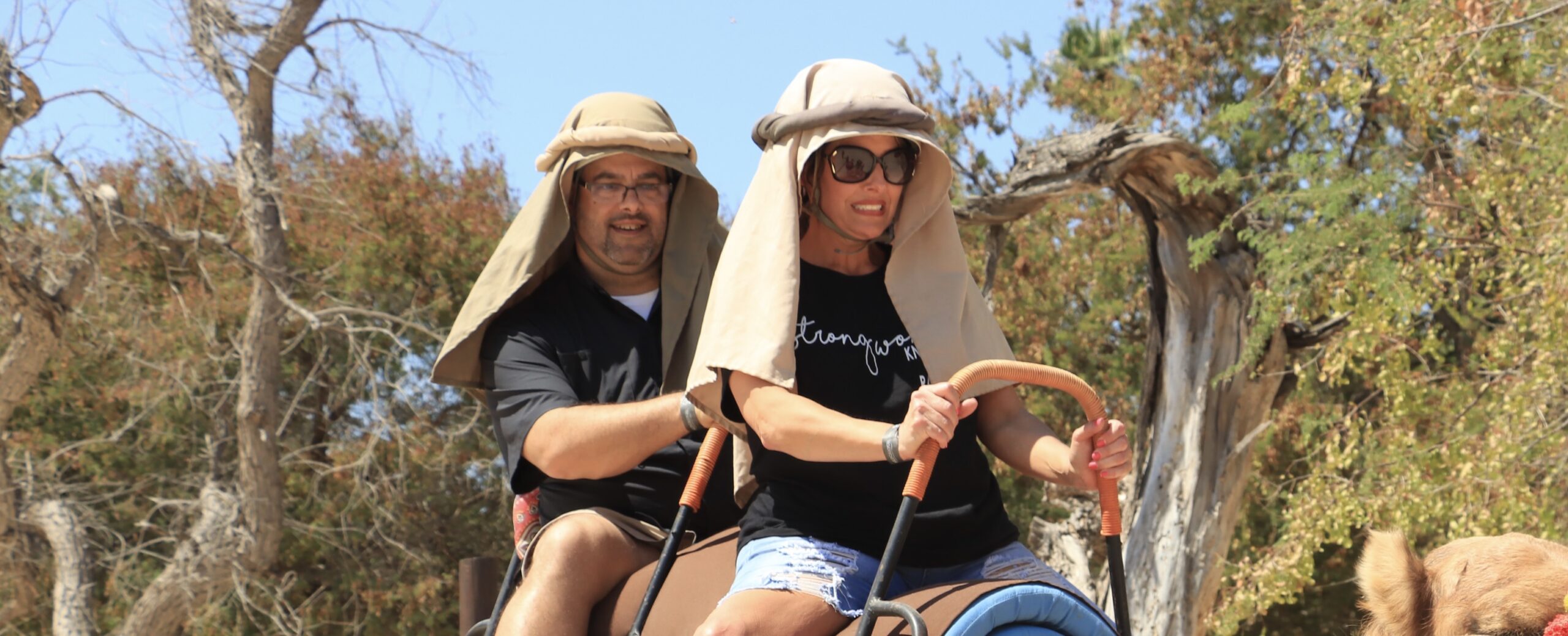
“The neurologist said he’d been practicing for 30 years, and this is the first time he ever heard of Sandhoff disease,” Stephanie says.
Stephanie and Joey returned to their car in shock. While the specialist was sympathetic, he could only provide a stack of print-outs about the disease. The first thing Stephanie did in the hospital parking lot was to look up Sandhoff disease online. The results that came up were about the more acute infantile onset of the disease.
It was then that Stephanie found out that with ultra-rare conditions such as Sandhoff disease, the patient and the specialist are often learning together.
“The wind was completely taken out of my sails,” says Stephanie. “My neurologist is absolutely phenomenal. He still personally calls to check on me eight years later. But when I left that day, all I had was Google and some paperwork.”
Searching for Purpose
Upon breaking the news to her family and friends, Stephanie fell into a depression that lasted about three months.
Then one day, she woke up and made a decision. “A geneticist told me I’d have a much larger chance at winning the multimillion-dollar lottery than having Late Onset Sandhoff disease. This must have happened for a reason. So, I’ve got to find my purpose,” Stephanie recalls.
One of her closest friends found the National Tay-Sachs & Allied Diseases Association (NTSAD) and sent Stephanie the website. Stephanie called the Family Services team right away.
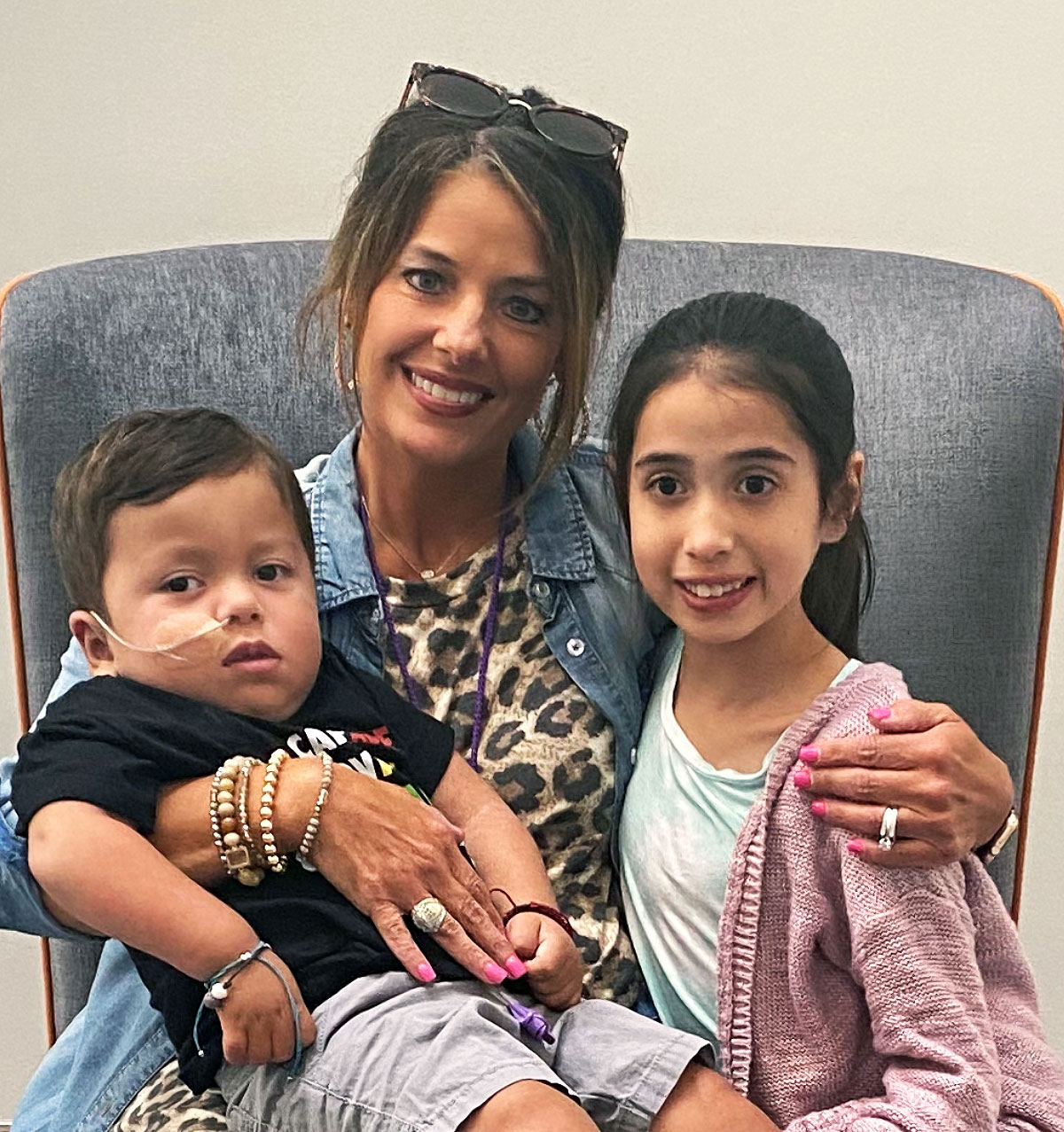
Working toward Treatments and a Cure
Diana Jussila—NTSAD’s Director of Family Services—personally answered all of Stephanie’s questions and shared some important information about a natural history study that was underway at the National Institutes for Health (NIH).
Natural history studies observe the course of a disease as it progresses over time. They provide important baseline information that researchers can use to measure the effectiveness of therapies during clinical trials. Stephanie knew right away she wanted to participate.

“They’ve been looking for treatments and cures for a very long time,” says Stephanie. “There isn’t anything I can do for myself, but the doctors can learn from me and maybe find treatments and cures for the infantile and juvenile forms of Sandhoff disease.”
In the years since she was diagnosed, Stephanie has undergone all kinds of testing. She’s also gained a valuable resource in the National Institutes for Health (NIH) researchers who provide vital healthcare information to Stephanie and her family doctor.

“I would never have been able to navigate this without NTSAD. Never would have been in contact with NIH or taken part in the natural history study. Everything kind of fell into place for me, and I’m so thankful,” Stephanie says.
Stephanie credits her deep faith for carrying her through her struggles. “Without God as my strength, I would have given up a long time ago,” she says.
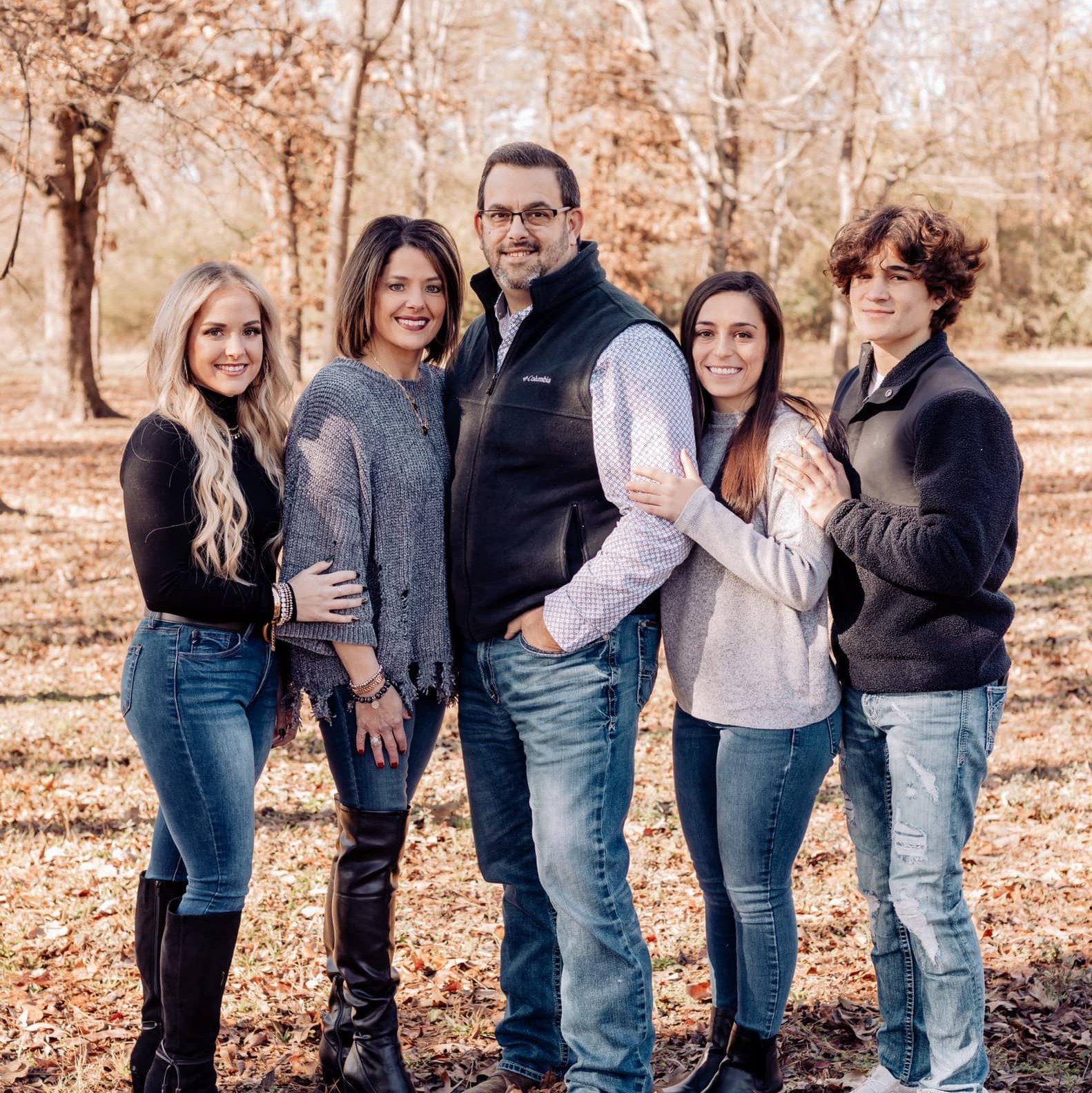
Ask Your Doctor about Genetic Testing
Today, Stephanie is focused on her health, her family, her friends, and her faith. While she monitors and manages her symptoms, Stephanie most enjoys fulfilling the roles that make her life complete: wife, mother, and grandmother.
If you’re experiencing symptoms like clumsiness or muscle weakness, ask your healthcare provider to do genetic testing. Share Stephanie’s story and the story of Katie and Allie Buryk to help inform the medical community and raise awareness about Late Onset Sandhoff and Tay-Sachs disease. Trust your instinct, keep pushing for answers, and contact NTSAD’s Family Services team. We’ll provide accurate information on symptoms and diagnostic tools, as well as personal support you can rely on.
If you’re a healthcare provider, please include genetic testing on the top shelf of your diagnostic toolkit. Contact NTSAD’s Family Services team for more information on symptoms and diagnostic tools for Sandhoff disease.
If you would like to help support Rare individuals like Stephanie, please consider making a gift to NTSAD’s annual fund, which provides programs, services, and support to individuals and families at no charge.

